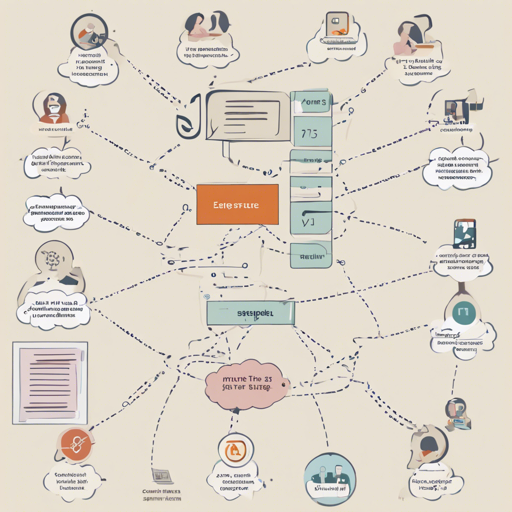In the world of natural language processing (NLP), the T5 model stands out as a powerful tool for various tasks, including grammar correction. This blog will guide you through the process of utilizing a specifically fine-tuned version of the T5 model to detect and correct grammatical mistakes effectively.
Understanding the T5 Model
The T5 (Text-to-Text Transfer Transformer) is an encoder-decoder model that transforms all tasks into a text-to-text format. This means you can input text and receive a text output based on the task at hand. Whether you’re translating, summarizing, or correcting grammar, the T5 model needs only the right prefix to understand what you want. For instance, you simply prepend “translate English to German: ” for translation tasks or “summarize: ” for summarization.
In our case, we’ll be focusing on grammar correction by using the prefix “grammar: “. Think of T5 as a highly-trained translator who needs a special codeword to know what type of translation you want. If you tell them it’s grammar, they’ll ensure that sentences are not just meaningful but also correctly structured.
Pre-Processing Data
Before feeding your sentences into the model, you must add the appropriate prefix. This prepares the model to perform the grammar correction accurately. Here’s how you can do this:
Grammar: Your SentenceHow to Use the T5 Model for Grammar Correction
To use the T5 model for grammar correction, you’ll need to utilize the Hugging Face Transformers library. Here’s a step-by-step guide:
- Import the required module from Transformers library.
- Set your model checkpoint to the fine-tuned JFLEG T5 model.
- Use the pipeline function to create a model instance for grammar correction.
Sample Code
Here’s a concise example to demonstrate its application:
from transformers import pipeline
model_checkpoint = 'Modified/edition/t5-base-fine-tuned-on-jfleg'
model = pipeline('text2text-generation', model=model_checkpoint)
text = 'I am write on AI'
output = model(text)
Understanding the Code
Let’s draw an analogy to clarify what’s happening in the code:
Imagine you are at a workshop where multiple experts are gathered. Each expert specializes in a particular task (just like the different tasks of the T5 model). You walk up to the grammar expert with a previous draft of your work (the input sentence “I am write on AI”) and provide a simple query: “Please correct this.” After analyzing your draft, the expert hands you back a revised and polished version: “I am writing on AI.”
This back-and-forth represents how the T5 model takes your input text, processes it internally using its trained capabilities, and returns the corrected output.
Troubleshooting Tips
If you encounter any issues while using the T5 model, consider the following troubleshooting ideas:
- Ensure that you have the latest version of the Transformers library installed.
- Check the model checkpoint name for any typos.
- Test with simpler sentences if the model fails to produce expected results.
For more insights, updates, or to collaborate on AI development projects, stay connected with fxis.ai.
Conclusion
Using a fine-tuned T5 model for grammar correction can drastically improve the clarity and correctness of your writing. By following the steps outlined above, you can harness the power of this remarkable technology with ease and efficacy.
At fxis.ai, we believe that such advancements are crucial for the future of AI, as they enable more comprehensive and effective solutions. Our team is continually exploring new methodologies to push the envelope in artificial intelligence, ensuring that our clients benefit from the latest technological innovations.

